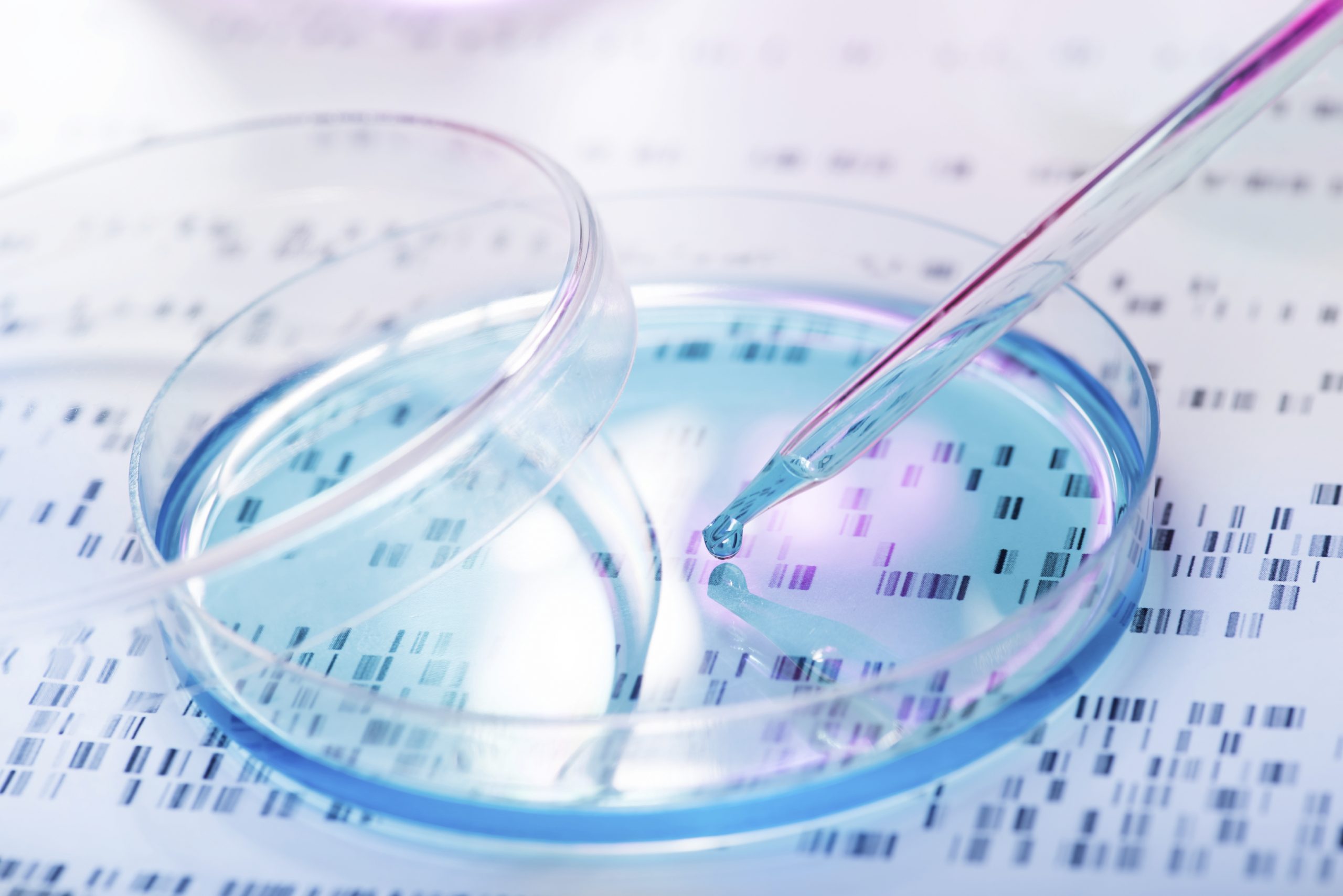On 1 April, the European Medicines Agency (EMA) approved “Strimvelis” gene therapy developed by Italian scientists and GSK (GlaxoSmithKline). This gene therapy aims to treat children suffering from a rare genetic disease[1], which leaves them incapable of producing white blood cells. Approximately 15 children are born with this condition every year in Europe and“rarely survive beyond the age of two”. They are generally referred to as the “bubble children” because they have to live in a sterile, isolated environment for most of the time in order to avoid infections.
Strimvelis is gene therapy created from the patient’s stem cells. It does not rely on a third party donor and therefore avoids the risk of rejection. The patient’s bone marrow cells are collected and a carrier is used to insert a normal copy of the defective gene into the cells which are then reinjected into the patient via slow, intravenous infusion. Patients undergo low-dose chemotherapy in advance in order to improve the chances of a successful outcome with the genetically modified cells.
This gene therapy was initially developed by Ospedale San Raffaele (OSR) and the Téléthon Foundation. A partnership with GSK was created in 2010 in order “to optimise, standardise and identify a manufacturing process which was previously used only for clinical trials”. The trials, which have already involved 12 children, have proved successful with the first patients being treated 13 years ago.
[1] Severe immune deficiency combined with adenosine deaminase deficiency.
GSK (1/04/2016), IAT (13/04/2016)

